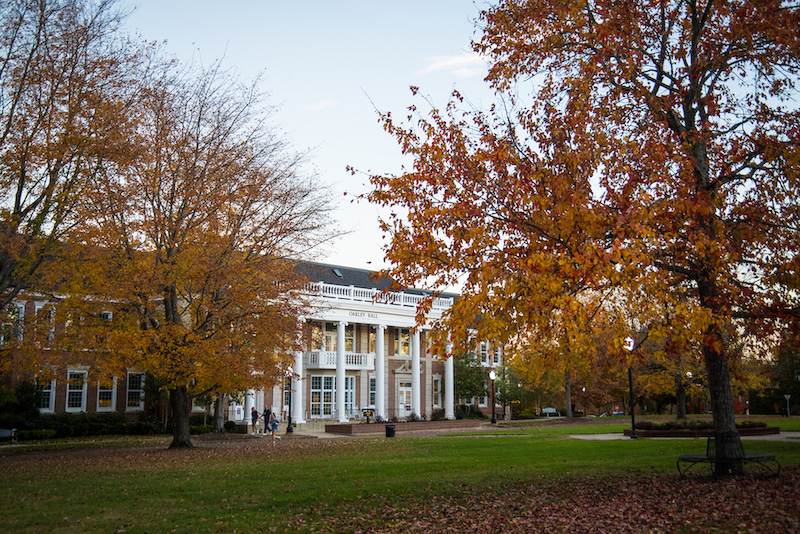Professor Shares History of the Thanksgiving Meal

If the first Thanksgiving dinner had been held in Tennessee instead of Massachusetts, the actual dinner would have been very similar to those shared in New England, and both are a far cry from the ‘traditional’ Thanksgiving dinner items we have today, according to Troy Smith, associate professor of history at Tennessee Tech.
The traditional roasted turkey, dressing, mashed potatoes, candied yams, cranberry sauce and pumpkin pie are on almost every modern Thanksgiving menu, in some form or variation. This menu has evolved over time and continues to evolve today.
President Abraham Lincoln declared Thanksgiving a national holiday in 1863. Since colonists had hunted wild turkeys for years it became the staple Thanksgiving meal meat.
In 1864 General Ulysses S. Grant declared that cranberry sauce was to be served to the Union troops for their Thanksgiving festival.
While pumpkin pie had been on the menu for well over a hundred years, it was not until 1929 when the Libby company began producing a line of canned pumpkin, simplifying the process for making the pie, did it become a Thanksgiving staple.
But according to the two only remaining historical records of the first Thanksgiving menu, that meal consisted of freshly killed deer, assorted wildfowl, cod, bass, and flint, and a native variety of corn harvested by the Native Americans, which was eaten as corn bread and porridge.
Smith, who teaches courses in Native American studies, said a first Thanksgiving dinner in Tennessee would be much the same as the original one in Massachusetts.
“The menu would in fact be very similar to that of the Wampanoags in New England. Deer and wild fowl, including turkeys, were common fare, as was fish - though not cod, more likely fish native to Appalachian rivers.”
While the Wampanoags would have had cod, bass and flint, the Cherokees would have had sunfish, gar, catfish, crappie, bass and bream.
Cherokees sometimes grew peanuts and sweet potatoes, according to Smith, and nuts and berries were plentiful.
“Like the Wampanoags, and most tribes, in most regions, Cherokees relied heavily on ‘The Three Sisters’- corn, beans, and squash. Corn would have been in the form of cornbread, or flat bread similar to corn tortillas, as well as in a type of thin porridge common among Southern tribes called sofkey. Sofkey could be eaten as a soup or sometimes drunk as a beverage.”
Meat would have been provided by all the animals common to the mountains, from turtles to rabbits and squirrels to bear.
“A particular delicacy was a type of sausage made of pounded groundhog meat. Most often, though, meals were large stews that might have had many of the ingredients listed above in them.”
Whether in Tennessee or in Massachusetts, that first Thanksgiving meal would have been quite alike, but the differences in that first meal and today’s “traditional” Thanksgiving meal are vast in comparison.

